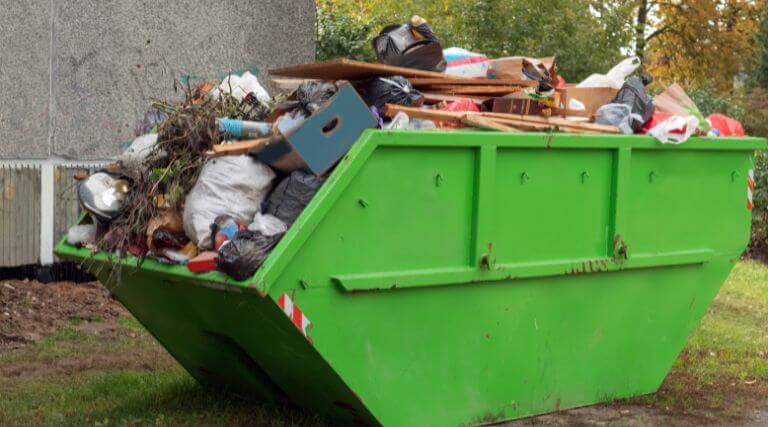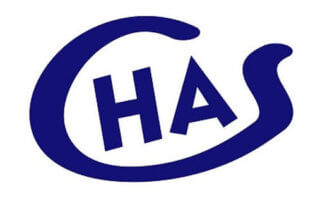
Skips are an essential part of waste management today, with countless businesses, construction projects, and households relying on them to efficiently dispose of waste. But have you ever wondered where skips originated? Their history may surprise you, as it weaves through industrial revolutions, wartime innovation, and the modern emphasis on sustainability. Let’s delve into the story of skips and explore how they’ve evolved into a staple of waste disposal.
The Birth of the Modern Skip
The skip, as we know it today, has its roots in the industrial revolution. During the 18th and 19th centuries, Europe witnessed a massive expansion in manufacturing, mining, and urban development. These activities generated vast amounts of waste, which created a pressing need for efficient removal methods.
Large containers resembling modern skips were first introduced in coal mines in the UK and Germany. These early skips, made from metal and wood, were used to transport heavy materials like coal, rubble, and ore. They could be easily loaded onto horse-drawn carts or, later, rail systems, enabling quick transportation.
The Rise of Waste Management Skips in the 20th Century
The 20th century saw skips transition from industrial use to mainstream waste management. After the Second World War, urban areas experienced rapid redevelopment and an increasing population. This led to a rise in household and construction waste, necessitating better waste disposal systems.
In the 1960s, the modern skip hire industry began to take shape. The UK was at the forefront of this innovation. Companies introduced lorry-mounted hydraulic arms to lift and transport skips, revolutionising the way waste was handled. This made skips more versatile and accessible to a wider range of users, from small businesses to homeowners undertaking renovations.
Evolution of Skip Design
Over the years, skips have evolved in terms of design and functionality. Early skips were simple containers, but modern versions come in various sizes, shapes, and materials to suit different needs. Open skips remain popular for general waste, while enclosed skips are favoured for hazardous materials or environments where security is a concern.
The focus on recycling and sustainability in recent decades has also influenced skip design. Today, many skips are designed with features that facilitate sorting and recycling. Some companies even offer specialised skips for specific materials, such as wood, metal, or green waste, promoting more eco-friendly practices.
Skips in Popular Culture
Skips are not just a practical solution; they’ve also become a cultural icon in the UK. From appearing in films and television to being creatively repurposed as garden planters or even pop-up stages, skips have transcended their functional origins. Their ubiquitous presence on streets, at festivals, and in urban settings underscores their importance in everyday life.
The Future of Skips
As technology advances and waste management becomes more sophisticated, skips are likely to become even more efficient. Smart skips equipped with sensors to monitor waste levels and collection schedules are already being tested, reducing unnecessary trips and improving efficiency. Additionally, the push for a circular economy—where waste is minimised, and materials are reused—could see further innovation in skip design and functionality.
Why Choose Us for Your Skip Hire Needs
Whether you’re clearing out your garden, renovating your home, or managing waste on a construction site, hiring a skip is the easiest and most efficient way to handle waste. At Cheap Skip Hire Prices, we pride ourselves on offering a wide range of skip sizes, affordable rates, and exceptional customer service.










